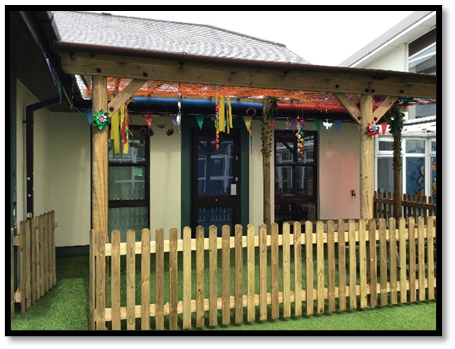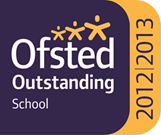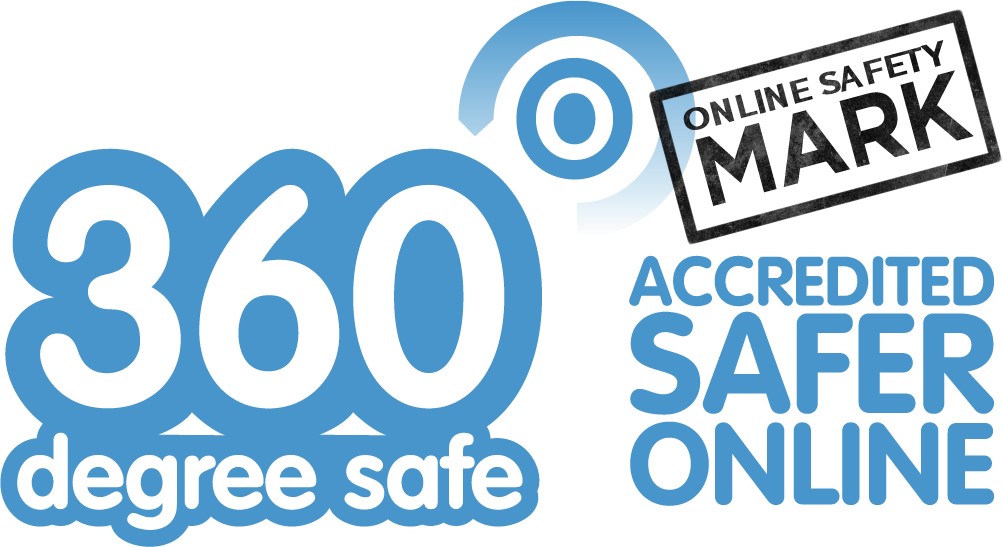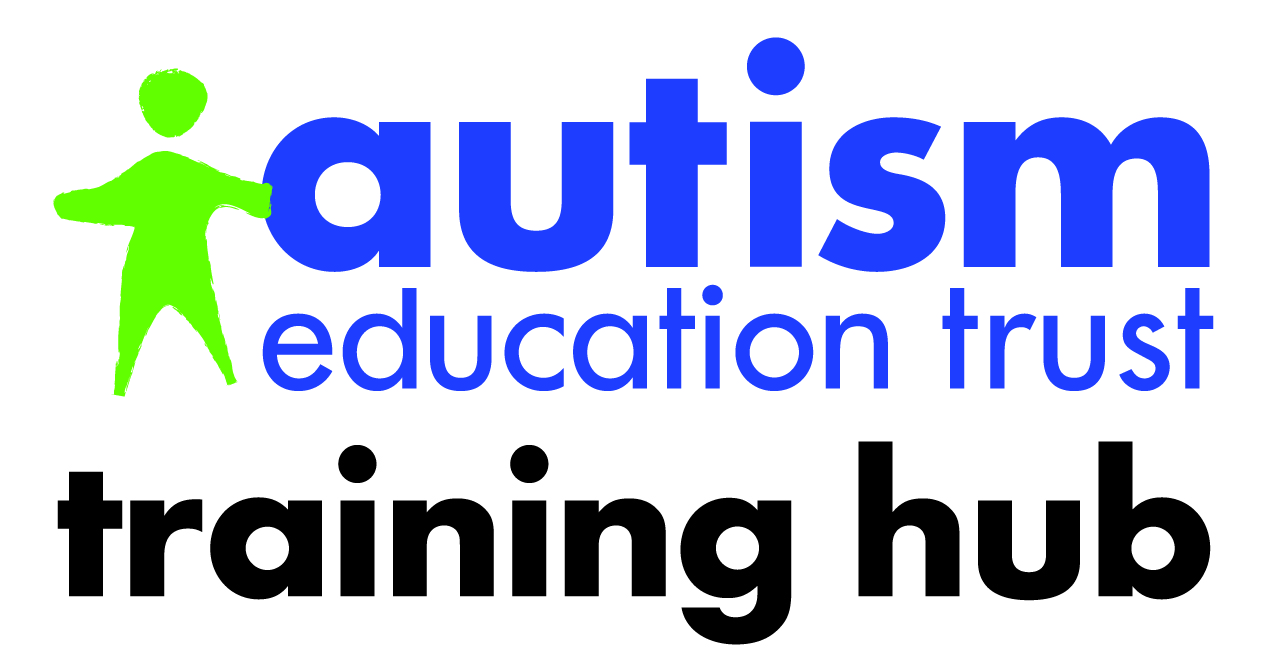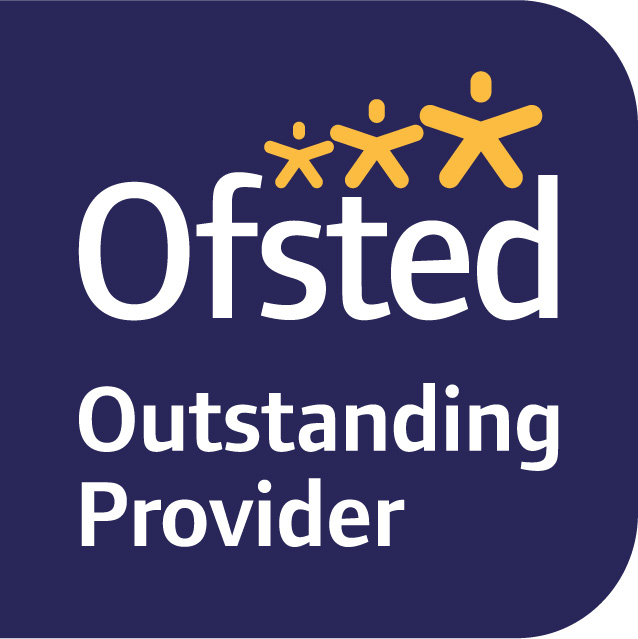Lamorna - Multi-needs class KS3 – Post 16
Welcome to Lamorna!
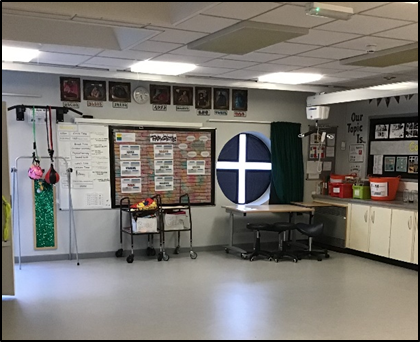
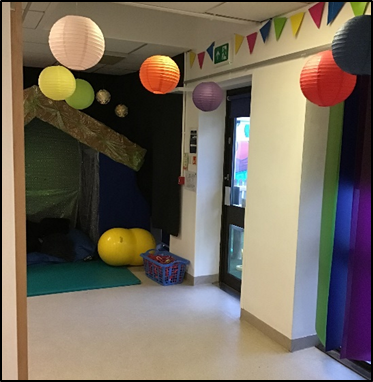
Our Class:
In Lamorna we are a class of secondary and post-16 aged students who learn best in a multisensory way, most of the students have high sensory, health and physical needs. Our teacher is Emily who is supported by a committed, fab, fun and energetic team of learning support assistants.
Lamorna works very closely with our Specialist Intervention Team who coordinate work with ‘The Hub’ (therapy teams) to ensure our students get the best from their physiotherapy, occupational therapy, teacher for the visually impaired and speech and language programmes. We also work very closely with medical professionals to ensure all health and medical needs are met.
Our Curriculum:
The teaching in Lamorna is delivered through a multi-sensory curriculum based on the Engagement model which focuses specifically on pre-requisite skills for learning; Anticipation, Exploration, Initiation, Realisation and Persistence. Other very important parts of our learning include our social, emotional and health and wellbeing, fine and gross motor skills, communication and developing all eight of our senses.
All of the above learning takes place through our topic based approach and is directly linked to the core areas of the national curriculum. Alongside this, we use our own bespoke personalised assessment methods, including short term targets linked to the individual students EHCP to ensure progress encompasses all areas of the young persons continued development (we work very closely with wider professionals and families when setting these targets to ensure they support appropriately and across all settings).
Our curriculum is theme based and provides a wide range of stimulating and engaging activities for our students to be immersed in over the term and to allow a common theme to run through all their sensory learning whilst being fun, exciting and engaging.
Reading in Lamorna
In Lamorna class we are working on our pre-reading skills. We really enjoy stories, songs, rhymes, tongue twisters, poetry and raps, these form a part of our phonics learning. We are also learning to recognise environmental sounds, enjoy rhythm and identify difference in sounds, for example focussing on fast and slow rhythms, or listening to loud and quiet sounds and listening to sound spelling patterns and the initial sounds of our names. All of this comes into the pre requisite skills of looking and listening, as well as the Letters and Sounds Phase 1 phonics, all of the skills we are practicing will support us to learn to ‘read’ our environment. For all children this is the first building block in their reading journey. Additionally we will be taught how to interpret photographs and signs, another component in early reading development. In Lamorna Class reading and communication are closely linked and often cross over.
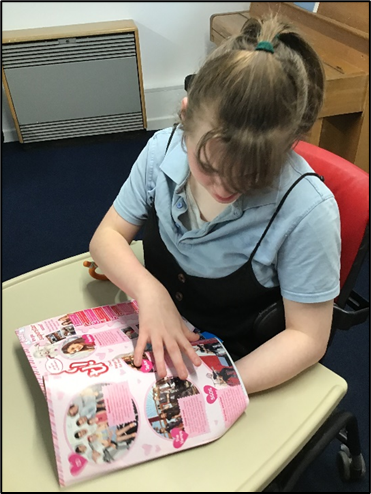
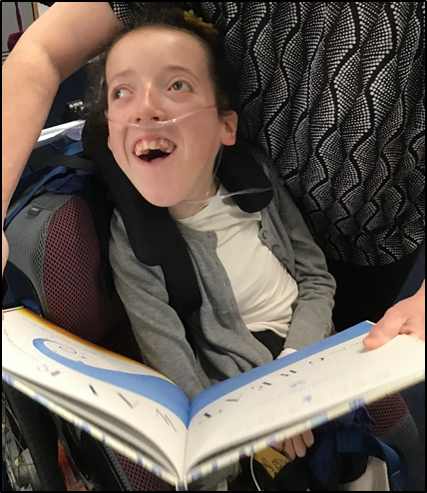
Many of our topics are taught through or using books, helping us to develop a love of literature. We enjoy sensory stories, rhymes and massage stories and we are encouraged to share books, leaflets or magazines with adults, a great way to develop the relationships that we have with each other. Making stories and rhyme accessible and enjoyable to every member of the class is at the heart of our planning every time we choose a text to share.
Learning Environments:
We are very lucky in Lamorna and have two classroom spaces to use. This enables the students to leave the classroom and enter a space set up to enhance their sensory engagement. Leaving the hustle and bustle of the classroom at lunchtime or during specific times of the day to immerse in a student-led room full of sensory wonder and opportunities for engaged and prolonged sensory learning.
Leading off both classrooms is an undercover outside area that provides an extension to the learning and continued sensory experiences. It provides a space for time to develop our personalised learning with all the added benefits of being in the outside environment.
The school has a hydrotherapy pool which students can access, a library, reading ‘nook’, SI room, hall and different outside areas with accessible equipment that the students can be supported to use.
For our older students we look to link them with wider learning environments such as joining Post-16 (or have them join us), college links and shared use of the rooms across the school. Our aim is for our students to enjoy learning and to prepare for life beyond Curnow.
